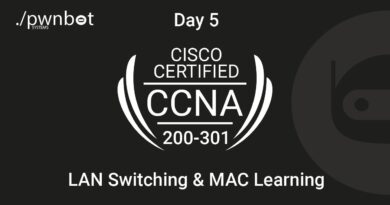Networking Basics | Networking Fundamentals | #ccna #cisco #itcertifications
Understanding basic networking fundamentals involves grasping the essential concepts and components that enable communication between devices. At its core, networking refers to the interconnectedness of computers and other devices to share resources and information. Key elements include:
1. **Network Types**: Networks can be classified based on size and scope, such as Local Area Networks (LANs), which cover small geographic areas like a single building, and Wide Area Networks (WANs), which span larger areas, often cities or countries.
2. **Network Topologies**: The arrangement of devices and how they communicate is defined by network topology. Common topologies include star, ring, bus, and mesh.
3. **Networking Devices**: Essential hardware components like routers, switches, hubs, and access points facilitate data transmission and connectivity. Routers direct traffic between networks, switches connect devices within a network, and access points provide wireless connectivity.
4. **Protocols**: Rules and conventions for data communication are established by protocols. The most important is the Internet Protocol (IP), which routes data packets across networks. Others include TCP (Transmission Control Protocol) for reliable communication, and UDP (User Datagram Protocol) for faster, less reliable communication.
5. **IP Addressing**: Every device on a network needs a unique identifier, known as an IP address, to communicate. IPv4 and IPv6 are the two versions, with IPv6 providing a larger address space.
6. **The OSI Model**: A conceptual framework used to understand network interactions in seven layers, from physical transmission of data to application-level interactions. The layers are Physical, Data Link, Network, Transport, Session, Presentation, and Application.
7. **Security**: Protecting data and resources in a network involves implementing measures like firewalls, encryption, and intrusion detection systems.
By mastering these fundamentals, one can effectively design, manage, and troubleshoot network systems, ensuring efficient and secure communication within and between networks.
cisco academie



